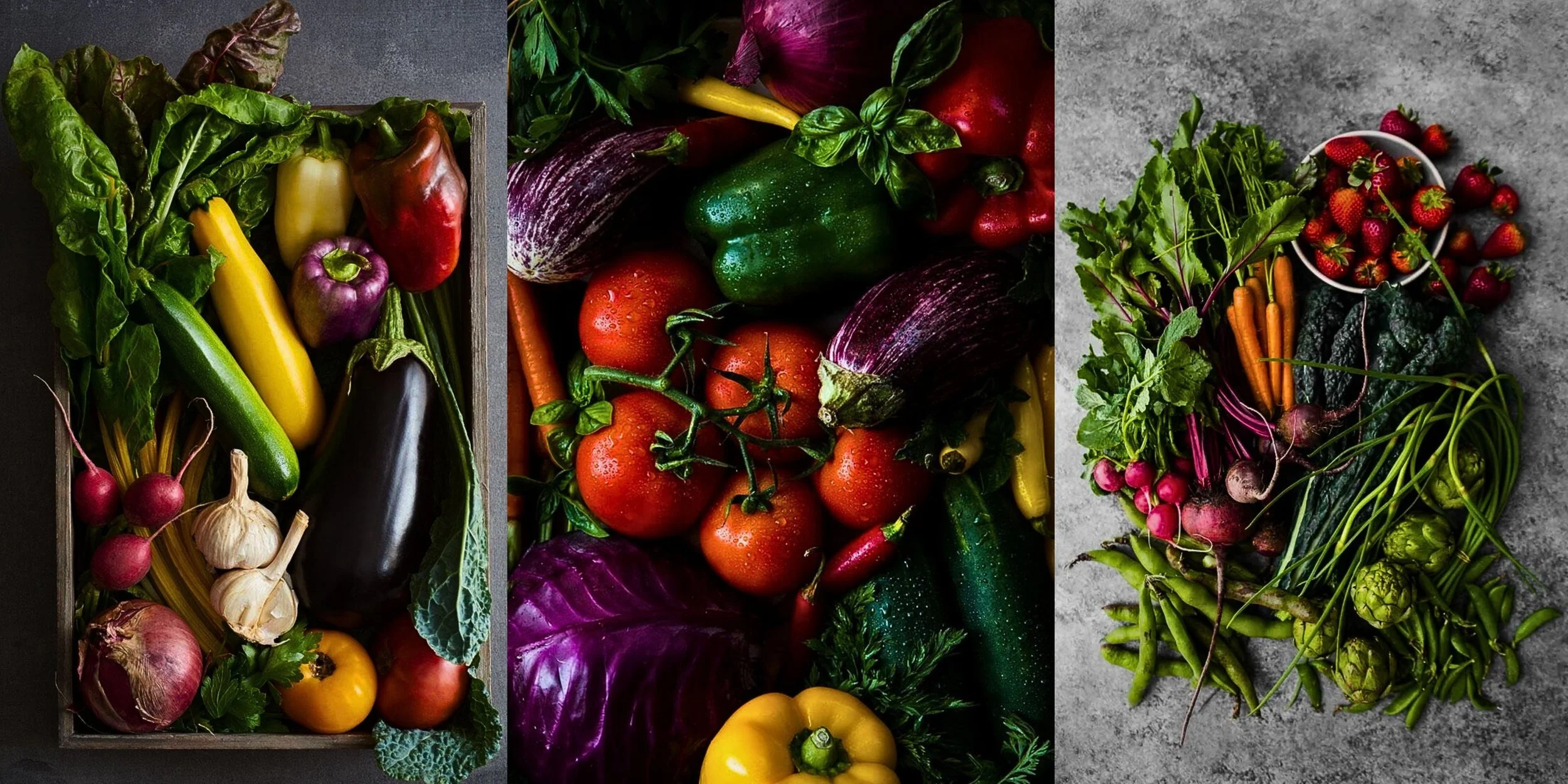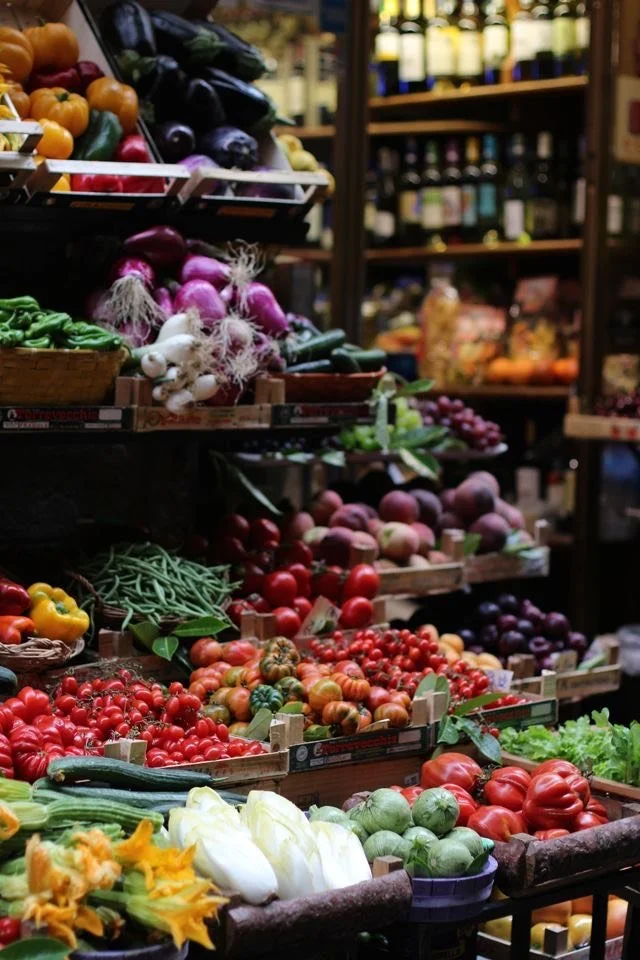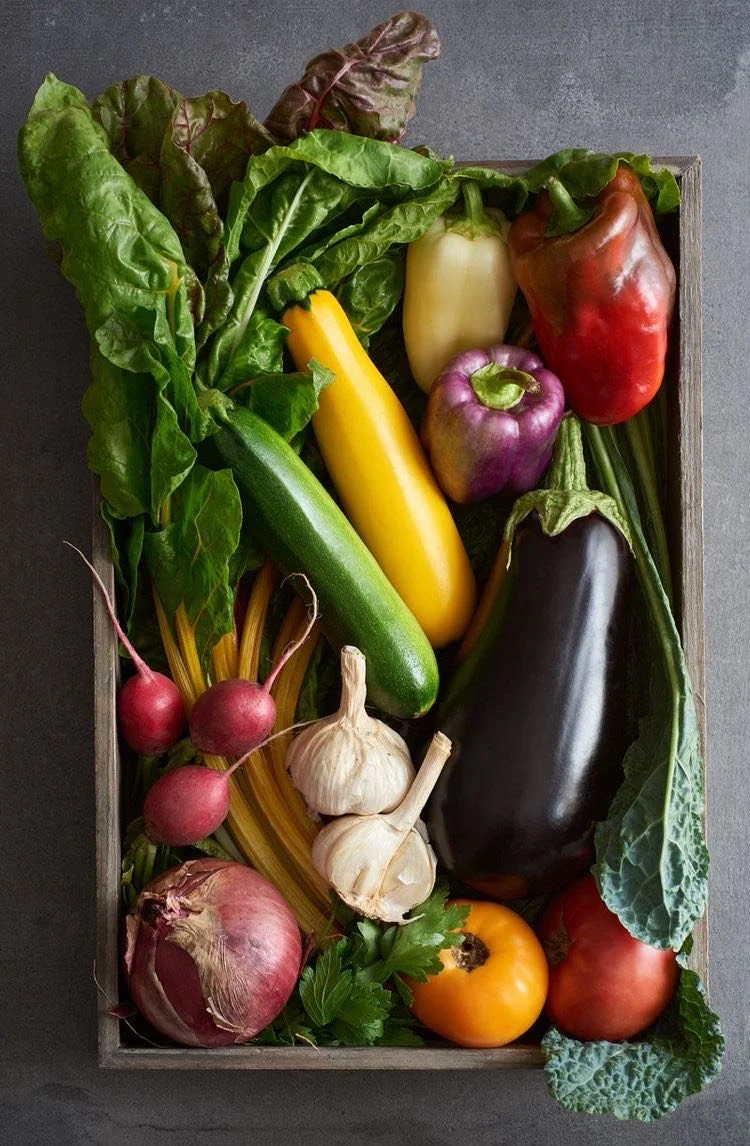DIRTY DOZEN & CLEAN 15
Each year the Envrionmental Working Group (EWG) publishes an analysis of the most and least likely produce to be contaminated with pesticides. Read on to see if your favorite fruits and vegetables made the 2023 ‘Dirty Dozen’ & ‘Clean15’ lists!
Every spring, the Environmental Working Group (EWG) publishes a Shopper’s Guide to Pesticides in Produce (the ‘Dirty Dozen’ & ‘Clean 15’). These lists identify which fruits and vegetables are most likely contaminated with pesticides (aka: the ‘Dirty Dozen’) and those that are least likely (aka: the ‘Clean 15’).
Over 45,000 different samples of produce are analyzed by the EWG to create the ‘Dirty Dozen’ and ‘Clean15’ lists. The lists are then ranked from highest concentration of pesticide to the lowest. Consumers can use this information to reduce their exposure to potentially harmful pesticides and enjoy well-balanced meals, worry-free!
THE DIRTY DOZEN
The ‘Dirty Dozen’ lists the top 12 fruits and vegetables in the United States with the highest level of pesticides. Although the 2023 Dirty Dozen remains relatively similar to last year’s list, the most recent round of USDA testing revealed overall higher levels of pesticides on this year’s crops than previously recorded.
This year, blueberries and green beans join the list at No.11 and No.12, respectively. The worst item from the Dirty Dozen? Strawberries. They remain the “dirtiest” item holding the No. 1 spot. Whereas many of the other items listed rotated around in order.
Of those non-organic fruits and vegetables, 75 percent had pesticide contamination. These percentages are often higher for the fruits and vegetables listed in the ‘Dirty Dozen’. For instance, blueberries and green beans tested close to 90 percent contamination, while strawberries tested 99 for percent.
The EWG advises U.S. consumers to buy the organic versions of those listed on the Dirty Dozen whenever possible. While these foods are not necessarily unhealthy, it is important to be aware of the potential risks associated with consuming foods that have been treated with pesticides.
Too much pesticide exposure has been connected to cancers, hormone disruption, skin and eye irritation, nervous system issues, and other health issues, according to the EPA. Pregnant women and children, especially, are more susceptible to experiencing negative health effects from pesticide exposure.
THE 2023 DIRTY DOZEN
1. STRAWBERRIES
2. SPINACH
3. KALE, COLLARD, MUSTARD GREENS
4. PEACHES
5. PEARS
6. NECTARINES
7. APPLES
8. GRAPES
9. BELL AND HOT PEPPERS
10. CHERRIES
11. BLUEBERRIES
12. GREEN BEANS
THE CLEAN 15
The Clean Fifteen lists the 15 fruits and vegetables that contain the lowest trace amounts of pesticide in the U.S.
Since these 15 tend to the least amount of pesticides on them, the EWG assures buyers that these are the safest produce to buy.
This year’s ‘Clean15’ pushed cantaloupe off the list and introduces carrots to the list at No.15. Of the produce that made 2023’s ‘Clean15’, an estimated 65 percent no detectable pesticide residues, making them the safest foods for consumption even if they are not organic.
THE 2023 CLEAN 15
1. AVOCADOS
2. SWEET CORN
3. PINEAPPLE
4. ONIONS
5. PAPAYA
6. SWEET PEAS (FROZEN)
7. ASPARAGUS
8. HONEYDEW MELON
9. KIWI
10. CABBAGE
11. MUSHROOMS
12. MANGOES
13. SWEET POTATOES
14. WATERMELON
15. CARROTS
CONCLUDING REMARKS
Although purchasing organic produce is always the safest (although the more expensive) option, it’s important to keep in mind that eating nutritious produce is far better than not eating produce at all.
A healthy diet is one with all different kinds of fruits and vegetables regardless of whether they are conventional or organic. Whichever fruits or vegetables you prefer eating, they all contain endless nutritional benefits, even if they are on the ‘Dirty Dozen’ list.


